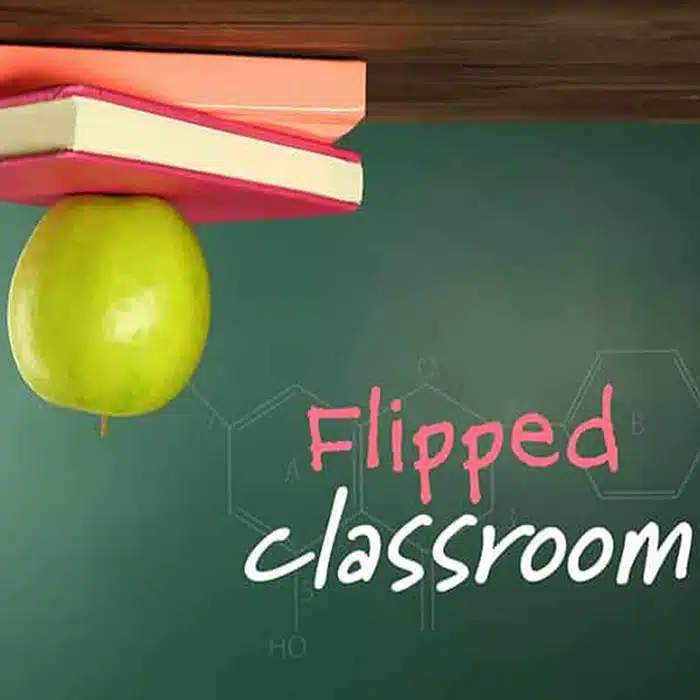Flipped Mastery Learning

The traditional classroom model has been in place for many years, with teachers delivering lectures and students frantically taking notes in hopes of retaining as much information as possible. But in recent years, the flipped mastery learning model has gained attention as a potential game-changer. This approach allows learners to master concepts at their own pace, with eLearning making it even more accessible. Instead of relying solely on the teacher for information, learners can take control of their own learning experiences. By flipping the model, students can focus on mastering concepts before moving on to the next, fostering a deeper understanding of the material. “In a flipped mastery classroom, students are expected to master concepts before moving on.”[1] Similarly, with a flipping mastery elearning experience students watch videos or read materials outside of class, and then come to class ready to work on applying what they have learned. eLearning experiences make it easy for teachers to create videos or modules on a variety of topics, which can then be assigned as homework.
The flipping mastery elearning experience is an educational model in which students are required to learn a skill or knowledge objective before progressing to the next objective. The objectives become a series, typically in order of complexity. Students first complete an online lesson or activity that introduces the objective. They then complete practice exercises and receive feedback on their progress. Only when they have demonstrated mastery of the objective do they move on to the next one. This approach has several advantages, including the ability to personalize instruction and provide immediate feedback. However, it is important to note that flipped mastery is not a panacea; it still requires careful planning and execution in order to be successful.
Before embarking on a flipped mastery elearning experience, it’s crucial to ask yourself a few questions to ensure the highest level of success. One important factor to consider is your learning objectives. Are they clearly defined and aligned with your instructional goals? Another question to ask is, what is the content you plan on teaching? Is it best suited to flipped learning? Additionally, determining your audience and their preferred learning style can help inform the design of your flipped classroom. By addressing these and other important questions head-on, you’ll be prepared to create an engaging and effective flipped mastery elearning experience that benefits learners of all levels.
Do you want more information? Or do you need help? Contact us today!
Related elearning experiences: eLearning Lecture Video Template, Explanimation – Business Man Pointing, Screencast Practical Demonstration.
[1] Bergmann, John. 2016. Mastery Simplified: Five Tips to Make Mastery a Reality. Accessed February 23, 2017 from http://www.jonbergmann.com/mastery-simplified-five-tips-to-make-mastery-a-reality/
